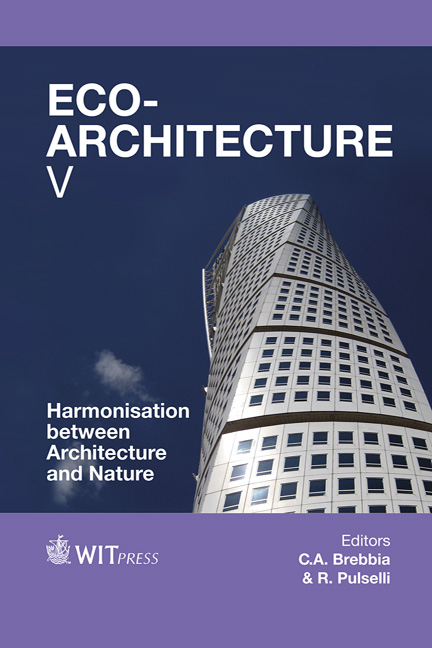Towards NZEB: Modular Pre-assembled Steel Systems For Residential Buildings
Price
Free (open access)
Transaction
Volume
142
Pages
12
Page Range
349 - 360
Published
2014
Size
747 kb
Paper DOI
10.2495/ARC140301
Copyright
WIT Press
Author(s)
E. Antonini, D. Longo, V. Gianfrate
Abstract
The recent EU Directives 2010/31 and 2012/27 provide for the standard of nearly zero energy buildings for new constructions, aiming at a better quality for the built environment through the adoption of high performance solutions. This challenge creates new opportunities for pre-assembled construction systems, offering high levels of performance, while reducing construction time and environmental impacts related to the whole building process and to the operations on-site. A research program, carried out by the University of Bologna, Department of Architecture, adopts a holistic approach for integrated design process, focusing on: – the optimization of modular preassembled building envelope behaviour during the summer in Mediterranean areas, using a simulation model; – the definition of a comparative assessment of the building envelope performance in relation to the different technical configurations, in terms of Uvalue, thermal phase displacement, thermal mass, CO2 emissions, etc. This paper outlines the first results of this research, focusing on the comparison of different multilayer envelope configurations, through a method based on the assessment of its energy performance. To optimize the envelope components response to the different thermal conditions a comparative analysis was performed by relating the energy performance to the occupants’ thermal comfort. This method of assessment can be adapted to offer a customizable configuration of the modular building system.
Keywords
pre-assembled constructions, sustainability, adaptability, modularity, nZEB technologies, high performance envelope, steel structure, building industry, customizable solutions





